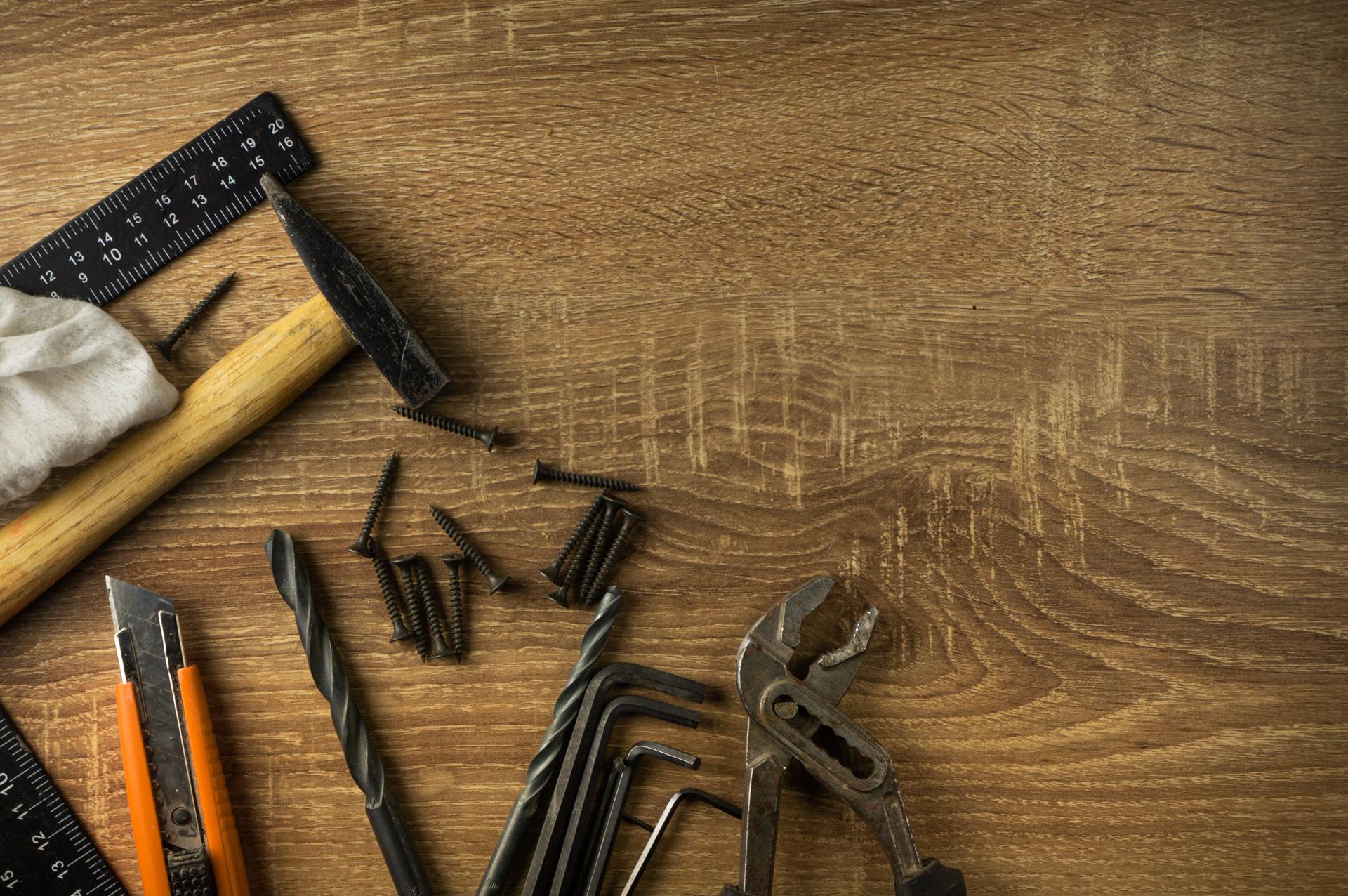Fix Your Home's Plumbing Problems Like a Pro with this DIY Guide

They are an integral component of every home. If they’re not properly maintained, they can become a source of many problems that can lead to frustration and expensive repairs.
But, there are many benefits to learning how to repair minor plumbing issues yourself, including saving money as well as learning valuable knowledge. This article we’ll discuss common plumbing issues and how to fix them yourself. these issues.
Common Plumbing Problems
Dripping Faucets
Dripping faucets are not only irritating, they also use up a large quantity of water in time. The most typical cause of a dripping faucet is a worn washer, or an O-ring. To resolve this issue switch off the water supply to the faucet, remove the handle, then replace the damaged washer or O-ring.
Running Toilets
A running toilet is a common plumbing issue that can cause water to be wasted. The most frequent reason is a defective flapper valve that isn’t sealing properly, allowing water to escape from the tank and into the bowl. To fix this issue, turn off the water supply to the toilet, remove the tank lid, and alter or replace the valve that seals it.
Clogged Drains
Clogged drains can be caused by various things such as soap, hair, or food particles. To get rid of this problem, you can try using either a plunger or drain snake to eliminate the obstruction. You can also make a mix of vinegar and baking soda to break up the blockage.
Low Water Pressure
Low pressure water in the pipes is often caused by a number of causes, including mineral buildup in pipes or a faulty pressure regulator. To fix this issue it is possible to clean the aerator or replacing the pressure regulator.
Tools Needed for DIY Plumbing
To perform DIY plumbing, you will require some basic tools like an adjustable wrench, a plunger, pipe wrench, Teflon tape, and screwdriver. Having these tools on hand will help you repair minor plumbing problems.
Tips to be Safe when doing your own plumbing
Safety must always be the top priority whenever you are performing any DIY plumbing repairs. Some tips for safety to consider include turning off the water supply prior to beginning any repair, wearing gloves and safety glasses and having a first aid kit nearby in case emergency situations.
DIY Plumbing Techniques
To fix common plumbing issues for common plumbing issues, you’ll need to master some DIY plumbing techniques such as how to turn off the water supply, how to fix a dripping faucet, how to fix a running toilet or unblock the drain, and how to boost the pressure of water. These techniques can save you time and money on minor plumbing repairs.
Conclusion
Learning how to fix small plumbing issues yourself can be beneficial in many ways. Not only can it help you save costs, but you can also give you a sense of accomplishment and valuable skills. For more serious plumbing problems, it’s better to consult a professional plumber.
FAQ
Can I fix a plumbing problem myself?
Yes, you can fix minor plumbing issues yourself, by learning some basic plumbing skills.
Are there any frequently encountered plumbing problems?
The most frequently encountered plumbing problems are dripping taps and toilets that run, blockages in drains, as well as low pressure water.
What tools will I require to do my own plumbing?
You will need a few important tools, such as an adjustable wrench, a plunger pipe wrench Teflon tape and a screwdriver.
Is DIY plumbing safe?
DIY plumbing is safe if you follow safety guidelines and take the appropriate steps.
When should I call a professional plumber?
You should contact a licensed plumber for significant plumbing issues that require specialist equipment and knowledge.
